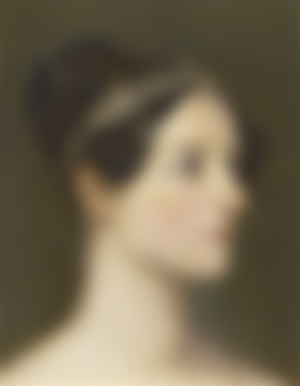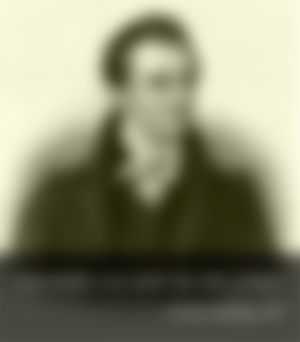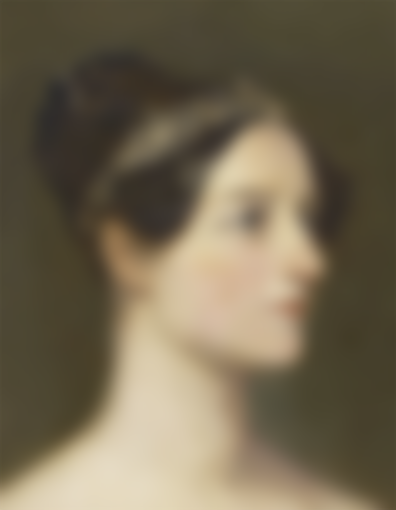Recognition for the invention and development of computers and computer programs is shared today by several scientists - Charles Babbage, Alan Turing, Bill Gates, Steve Jobs ... But do you know who was the first in this research? Long before any of them, the development of a machine that would “think for itself” was predicted by one woman!

Countess Ejda of Lovlejsce has been waiting for decades to be recognized as something more than the daughter of the famous English poet Lord Byron. She managed to overcome the stereotypical role of a woman imposed on her by society and became one of the pioneers in computer research and programming.
She ignored the gossip and rumors about "that crazy countess", and although she lived 150 years ago, unhappily and briefly, she sensed most of what is considered modern computing today.
Ejda Byron was born in 1815 as the daughter of the English poet Lord Byron and Annabelle Milbank. When she was only 5 months old, her parents divorced, and as early as 1816, Byron went abroad where he died.
This was probably the reason why her mother did her best to dissuade the girl from writing songs and artistic life, so instead she "pushed" her into scientific waters, educating her daughter much more than was the custom for women at the time. . As a child, Ejdy was taught mathematics by the best professors in the country, and over the years she became an excellent linguist and musician.

The turning point in Ejda Byron's life was made by her acquaintance with Mary Somerville, another exceptional lady and the first woman to become a member of the Royal Astronomical Society.
At a ball hosted by Mary, Ejda met Charles Babbage, a professor of mathematics. She was only 18 years old and was deeply impressed by Charles' ideas about the calculating machine that the scientist called the "analytical machine".
Babbage, on the other hand, was amazed at Aida's intelligence and the speed with which she connected and understood things. And so a tandem was created that will change the history of mathematics, but also of computer science and informatics!
They had a harmonious marriage, and their three children - two sons and a daughter, followed in their mother's footsteps and became scientists.

Ejda also wrote an algorithm for an analytical machine for calculating Bernoulli numbers. This is considered to be the first computer program, so this lady became the first programmer in history. At the end of her work, she signed herself as “A. L. L. ” because it was unacceptable for a woman from the upper class of that time to engage in such jobs.
Countess Ejda of Lovelace was a true visionary. She believed that Babij's machine would one day be able to be used in programming, graphics, science development, but also for much more banal, private purposes.
Ejda was twenty-nine when her work was published. The writings from that time say that she then experienced some kind of mental breakdown. It is well known that doctors at the time prescribed her a combination of drugs and alcohol, which pushed her into the abyss of addiction and madness forever.
In order to be able to quit alcohol, Ejda found a cure in another addiction - gambling. She and Babbage tested mathematical theories about the probabilities of horse racing.
This adventure ended tragically for the countess - in order to pay off her debts, she had to pawn family jewelry, and the scientific community, already suspicious of the scientist, turned their backs on her forever.
And so much like her father before her, Ejda Lavlejs became "haunted." She died of cancer at the age of 36, just like her father. At her personal request, she was buried next to him.

Ejda Lavlejs has been waiting for centuries for the recognition of her work and ideas. In her part, it was not until 1979 that the US Department of Defense named a programming language "Ada".




Divno,čitala sam Bajronovu poeziju ali ovu priču o njegovoj kćerki prvi put saznajem!Hvala !